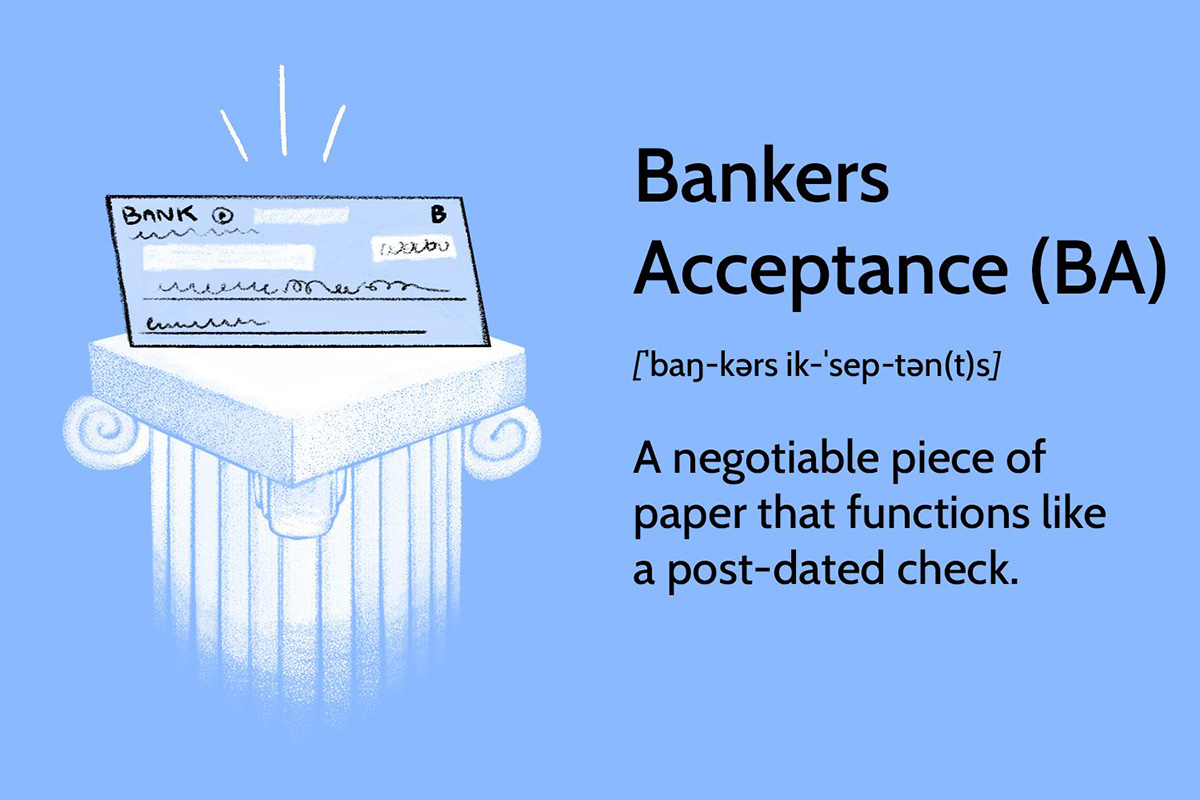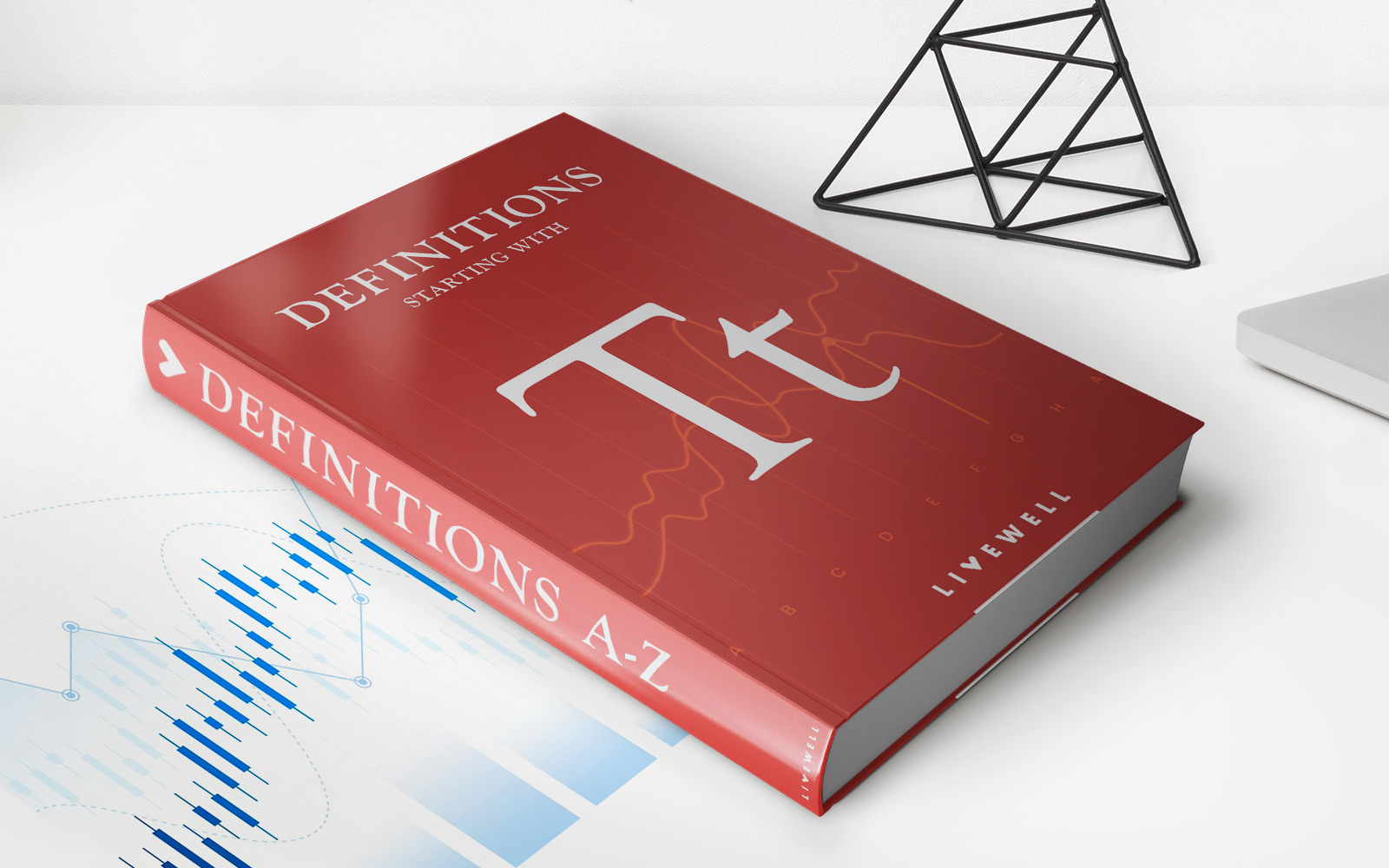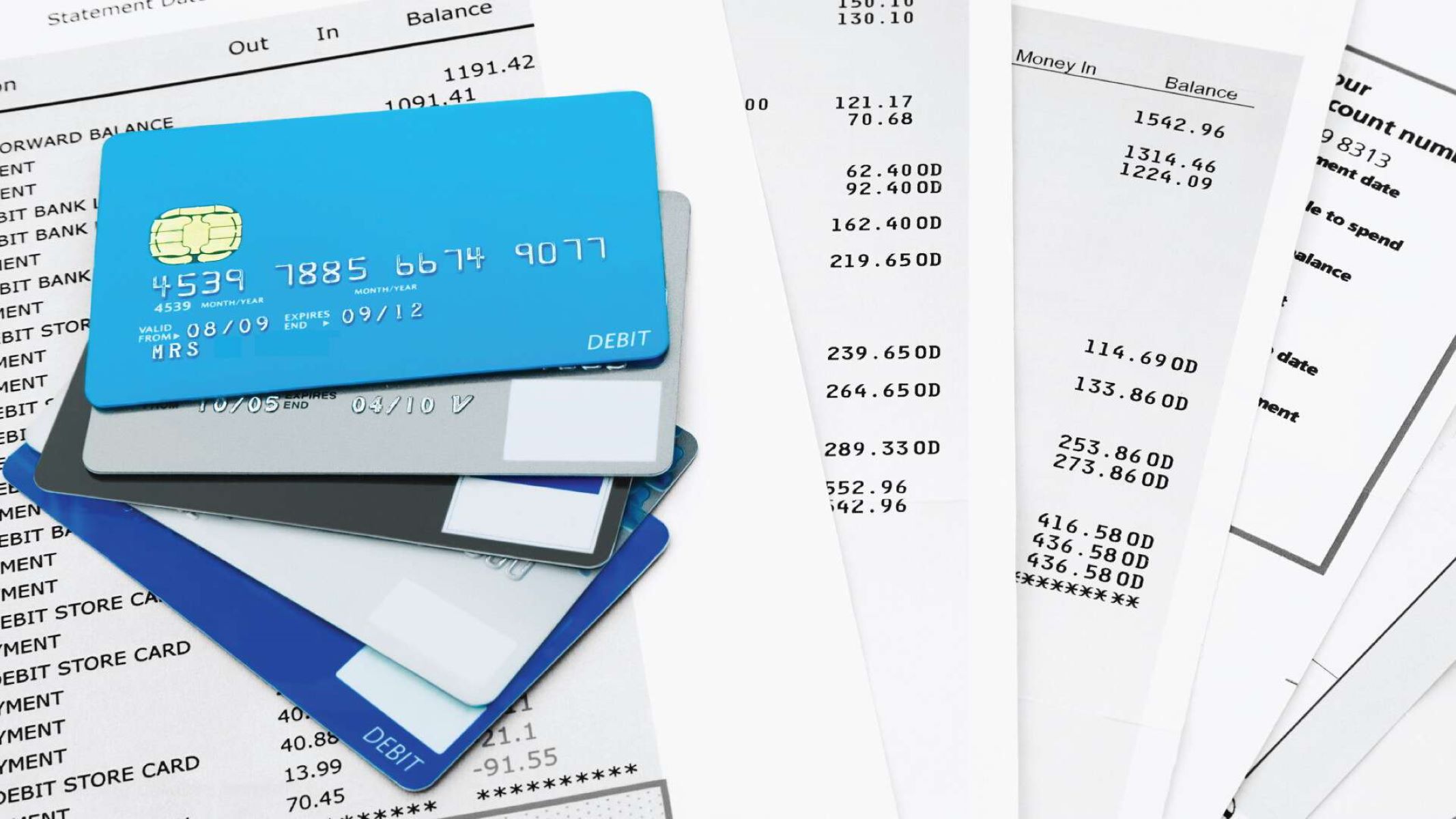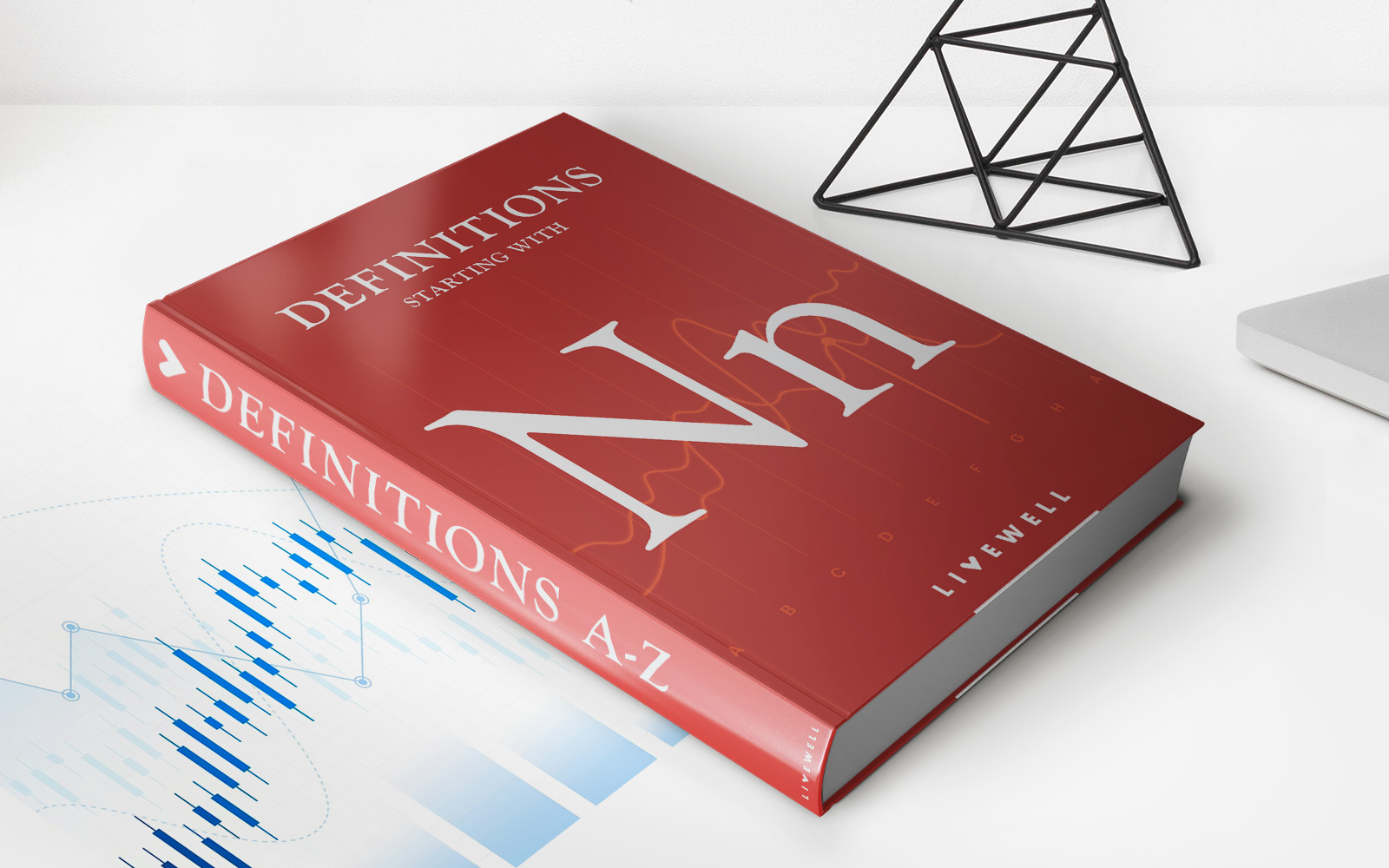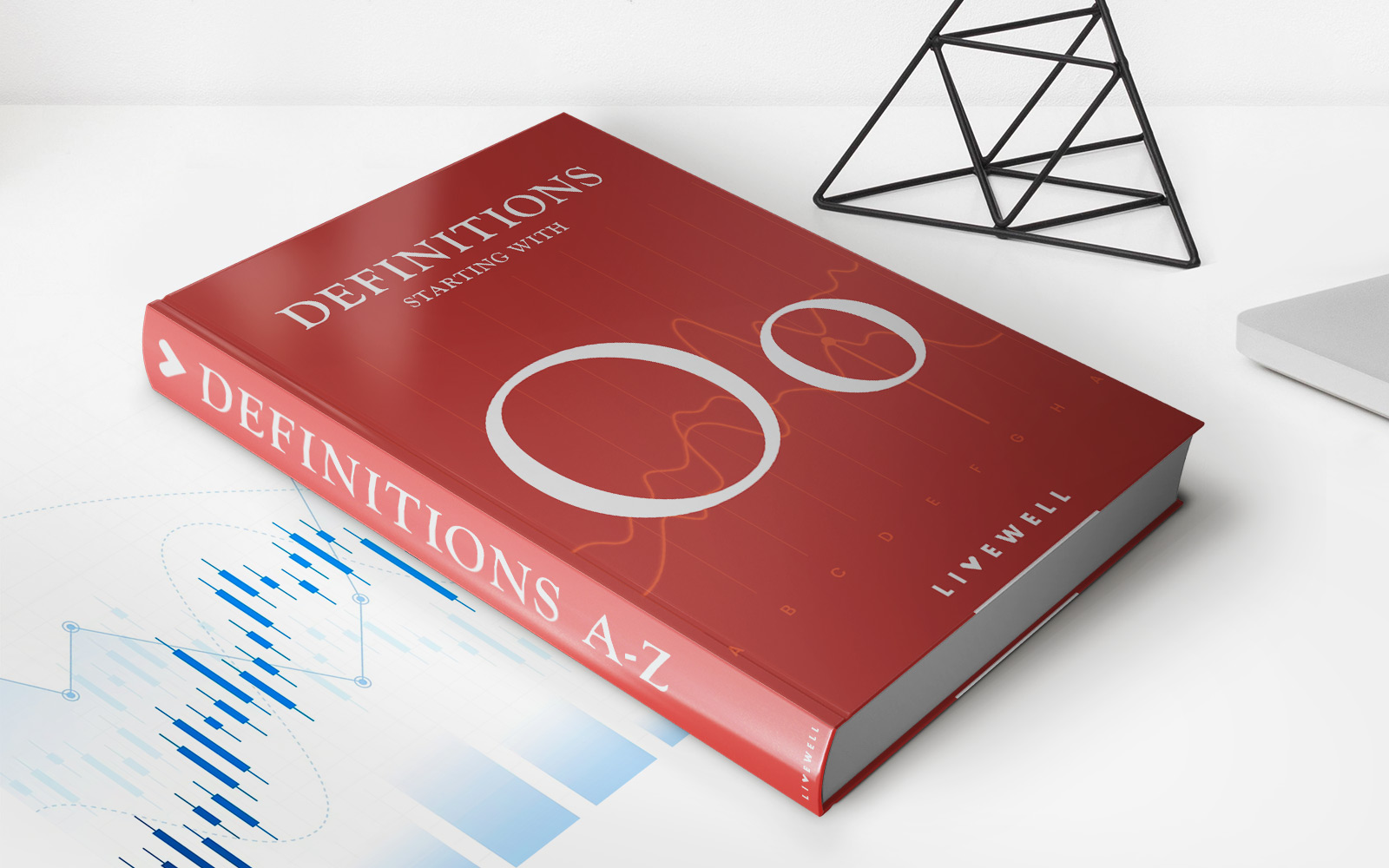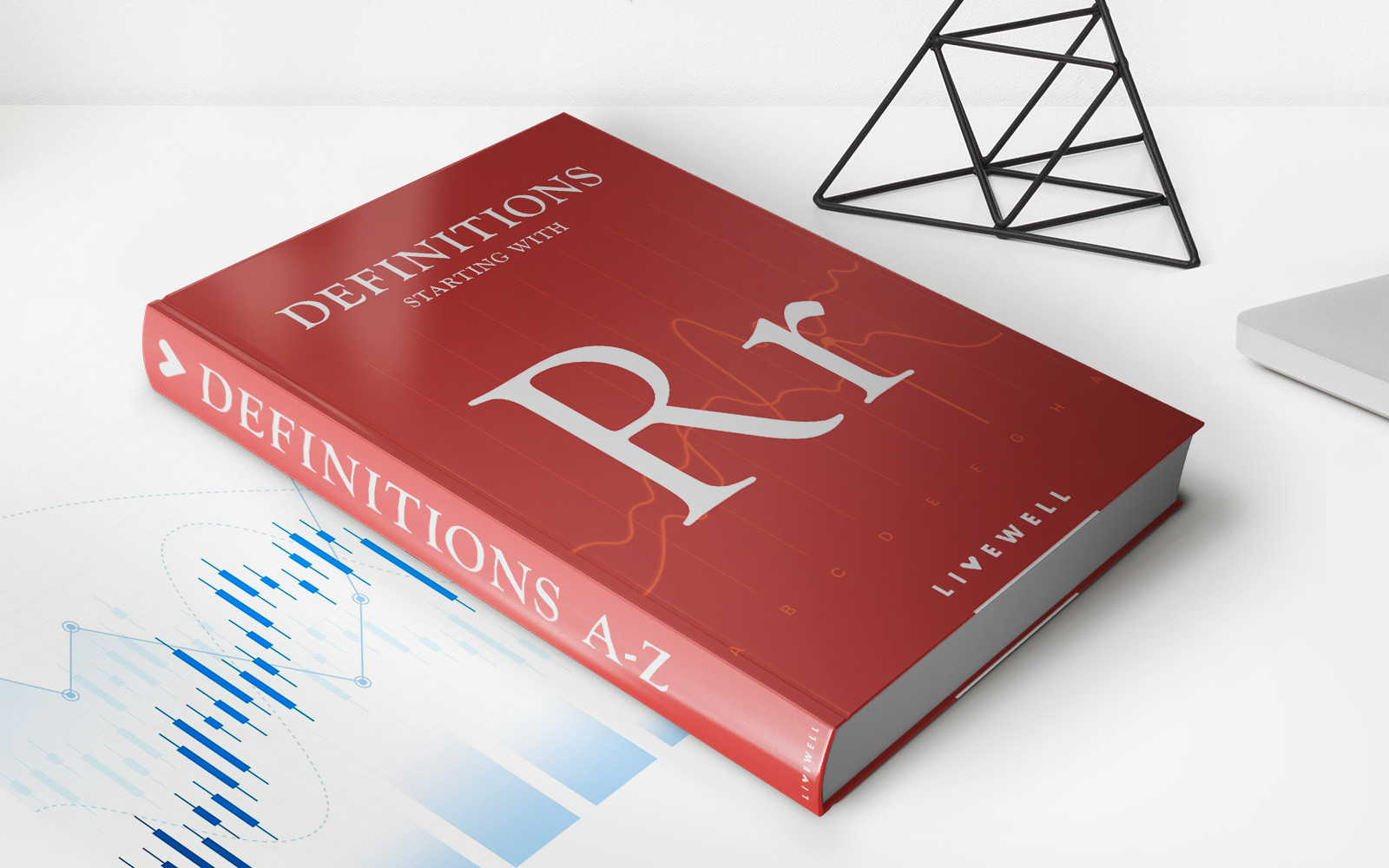Home>Finance>Credit Card Posting: Definition, Timing, Vs. Transaction Date
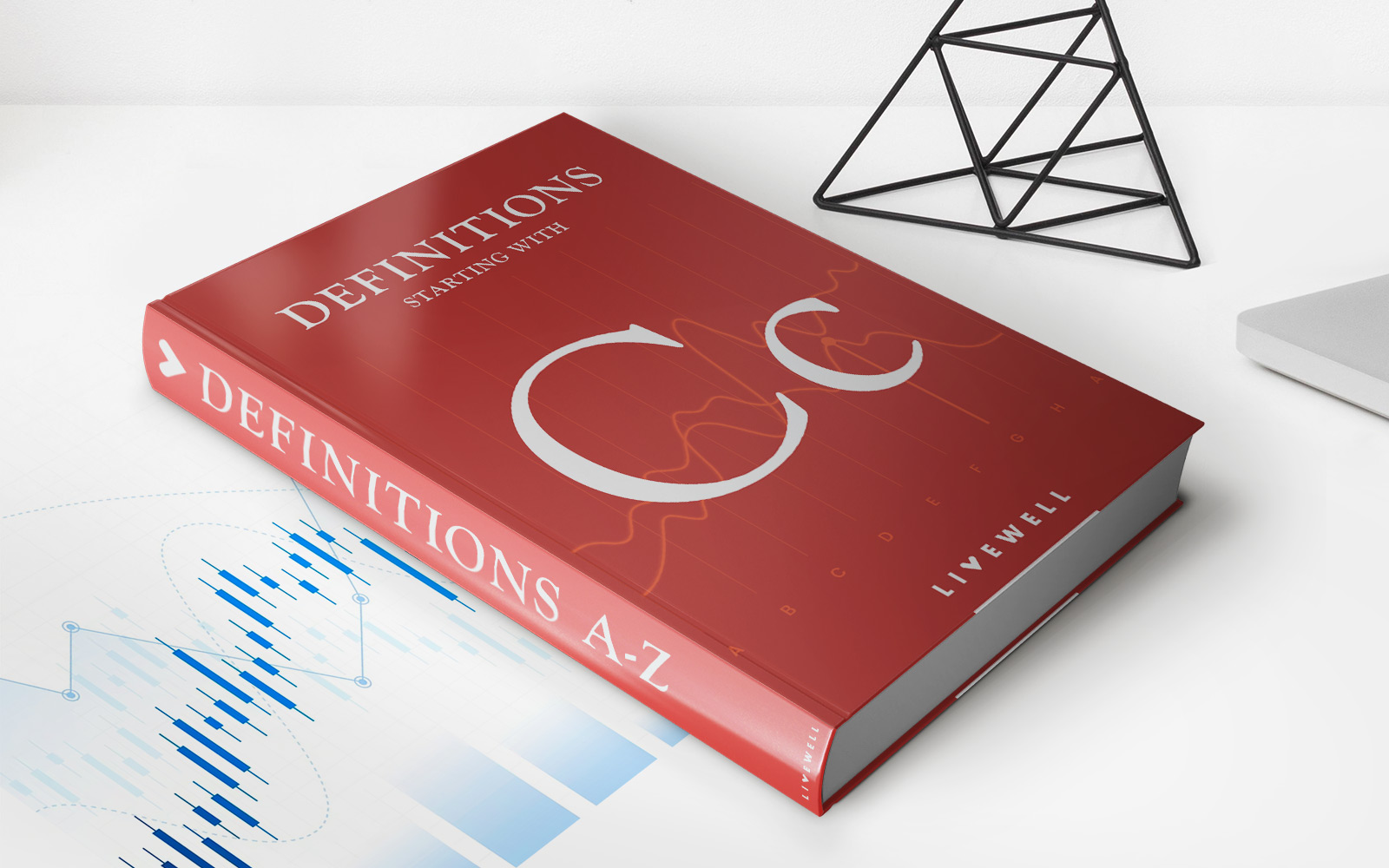

Finance
Credit Card Posting: Definition, Timing, Vs. Transaction Date
Published: November 5, 2023
Learn the definition and timing of credit card posting, and the difference between posting date and transaction date. Enhance your finance knowledge and manage your credit effectively.
(Many of the links in this article redirect to a specific reviewed product. Your purchase of these products through affiliate links helps to generate commission for LiveWell, at no extra cost. Learn more)
Understanding Credit Card Posting: Definition, Timing, vs. Transaction Date
Welcome to another informative blog post in our “Finance” category! Today, we will delve into the world of credit card posting – a concept that can sometimes be confusing for cardholders. If you’ve ever wondered about the difference between credit card posting and transaction dates, and how they can impact your finances, you’re in the right place! In this post, we’ll provide a clear definition of credit card posting, explore its timing and significance, and discuss its differences from transaction dates.
Key Takeaways:
- Credit card posting refers to the process of updating your account with a new transaction or payment.
- Timing is a crucial aspect of credit card posting, as it determines when the transaction reflects on your account and affects your available credit.
What is Credit Card Posting?
Let’s start with a simple definition. Credit card posting refers to the act of updating your credit card account to reflect new transactions or payments. When you make a purchase using your credit card or make a payment towards your outstanding balance, the posting process initiates. It essentially updates your account with the relevant information, including the amount, merchant, and date of the transaction or payment.
The timing of credit card posting is significant because it affects various aspects of your financial life. When the posting process occurs, it influences your available credit, statement balance, and ultimately, your credit utilization ratio. Understanding the timing and differences between posting and transaction dates can help you better manage your credit card expenses and maintain a healthy financial profile. Let’s take a closer look.
Credit Card Posting Timing
Credit card posting typically occurs within a few business days after the transaction or payment has been made. However, the exact timing may vary depending on the credit card issuer and the merchant’s processing speed. It’s important to note that the posting date is not necessarily the same as the transaction date. The transaction date is the actual date when you made the purchase or payment, while the posting date is when the transaction appears on your credit card statement.
For example, if you made a purchase on January 15th but the transaction is posted on January 18th, the posting date would be January 18th, not January 15th. This timing discrepancy can sometimes catch cardholders off guard, as they might expect the transaction to reflect on their account immediately. However, delays in posting can occur due to various factors, such as weekends, holidays, or merchant processing times.
Transaction Date vs. Posting Date
Now that we understand the concept of credit card posting and its timing, let’s explore the differences between transaction date and posting date in more detail:
- Transaction Date: The transaction date is the actual date when you made a purchase or payment using your credit card. It represents the moment when you initiate the transaction.
- Posting Date: The posting date, as mentioned earlier, is when the transaction appears on your credit card statement. It is the date when the credit card issuer updates your account to reflect the transaction or payment.
While the transaction date is the more relevant date for tracking your spending habits, the posting date holds greater importance when it comes to managing your credit card account and available credit. Understanding both dates can help you reconcile your finances and ensure accurate recordkeeping.
Wrapping Up
Credit card posting plays a vital role in managing your finances and understanding your available credit. By grasping the difference between the transaction date and the posting date, you can navigate the intricacies of credit card billing cycles more effectively.
In summary:
- Credit card posting refers to updating your account with new transactions or payments.
- Timing is crucial, as the posting date affects your available credit and credit utilization ratio.
- The posting date is not necessarily the same as the transaction date.
- Understanding both dates helps you manage your credit card account and accurately track your spending.
We hope this blog post has shed light on the definition and significance of credit card posting, as well as the differences between posting and transaction dates. Feel free to explore our other “Finance” category posts for more useful insights and tips to enhance your financial well-being!


